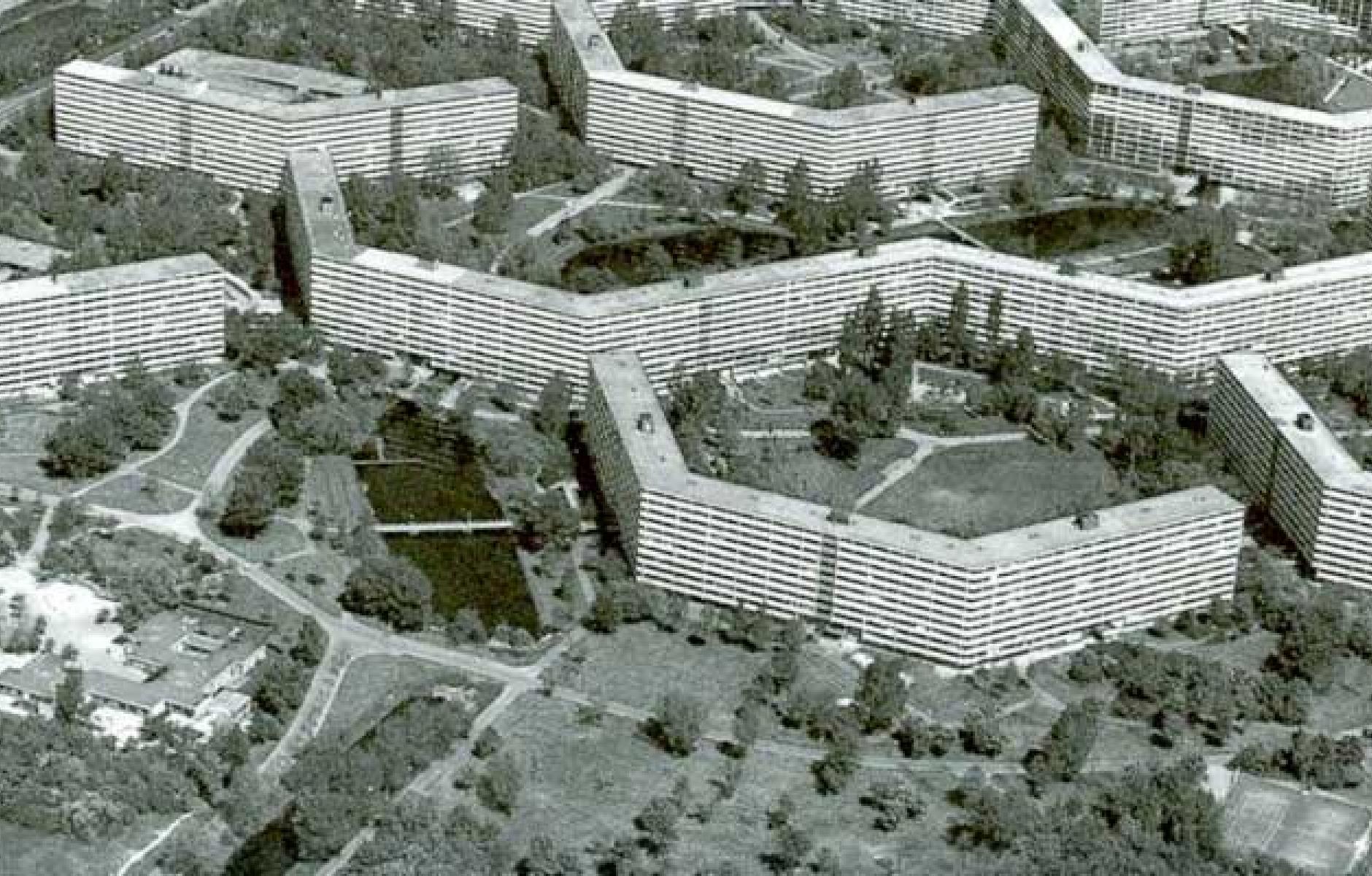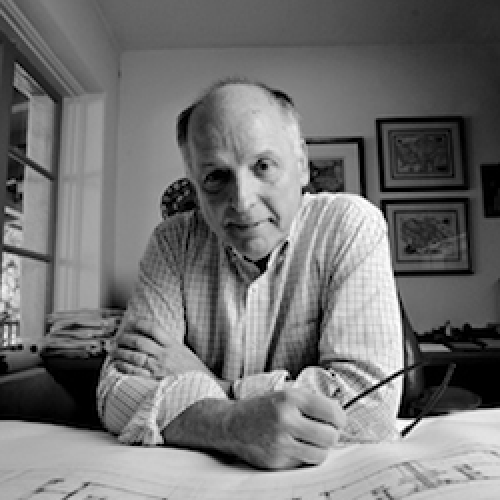
Thoughts on the Athens Charter
As I watched this most extraordinary little film (see below) by Bauhaus professor László Moholy-Nagy, I really turned very emotional over it.
It was so revealing to see the heroic figures of CIAM stripped down to their swimming suits, looking like regular human beings. Gathering, preaching, learning, visiting places together, partying, just like we do. To see them in the flesh and realize that, like us, they were struggling to frame a response to the design challenges of their day. But very much unlike us, how their theories and actions eventually turned out to be so profoundly and tragically wrong. And how their practices ended up devaluing and ultimately destroying the very places they had inspired them and motivated them at the start of their urbanist and architectural careers.
One wonders what meeting in the Zappeion and the Polytechneion, extraordinary neoclassical buildings in the center of Athens, absorbing the lessons of the Acropolis and its Classical temples, arriving at the ancient port of Piraeus, enjoying the vernacular villages of Aegina, Serifos and Santorini, interacting with the oddly-dressed and sun-tanned villagers in native dress meant to these young, well-meaning, cosmopolitan architects. To think that in response, they eventually counter-proposed and promoted functionalist, car-dominated, over scaled, tech-driven, one shoe fits all projects like Bijlmermeer in Holland is chilling. They were all so very clever and so very misguided.
Even more chilling is the thought that eight decades years later, their intellectual heirs still dominate most Schools of Architecture in America and the world.
After watching the film, I reminded myself, that my own life as a person and as an architect unfolded around the same buildings and places that the film so poetically and vividly depicted. Witnessing the traditional 19th Century neighborhoods of Athens being demolished, experiencing the beauty of the millennial villages of the Aegean, in the presence of the great classical and neoclassical monuments of my native city, I became an unwitting teenage skeptic on modernist dogma. And when in 1972 I visited Bijlmermeer as a student, and was confronted with its massive, colorless, pattern less, soulless objects eerily disappearing into the foggy polder, then and there, I chose to defect from the ranks of CIAM modernism. I staked my fate in a contrarian search for an alternative path to a different contemporary architecture and urbanism—one connected to ideas, people, places, techniques that were rooted in what we know and feel is worthy of our humanity.
This 28-minute, 85-year-old, black-and-white silent film, so beautifully composed and so poorly preserved, reminded me of how very proud we should all be as new urbanists for having dared to confront the orthodoxy of our education, our politics and our professions. And how hard we must all continue to reach a “Patris”, a uniquely endowed sense of place, in all of our work throughout the world.
Ironically, “Patris” means homeland in Greek. CIAM surely, metaphorically sunk that vessel in 1927!! It is high time to raise it and make it sea worthy again.




